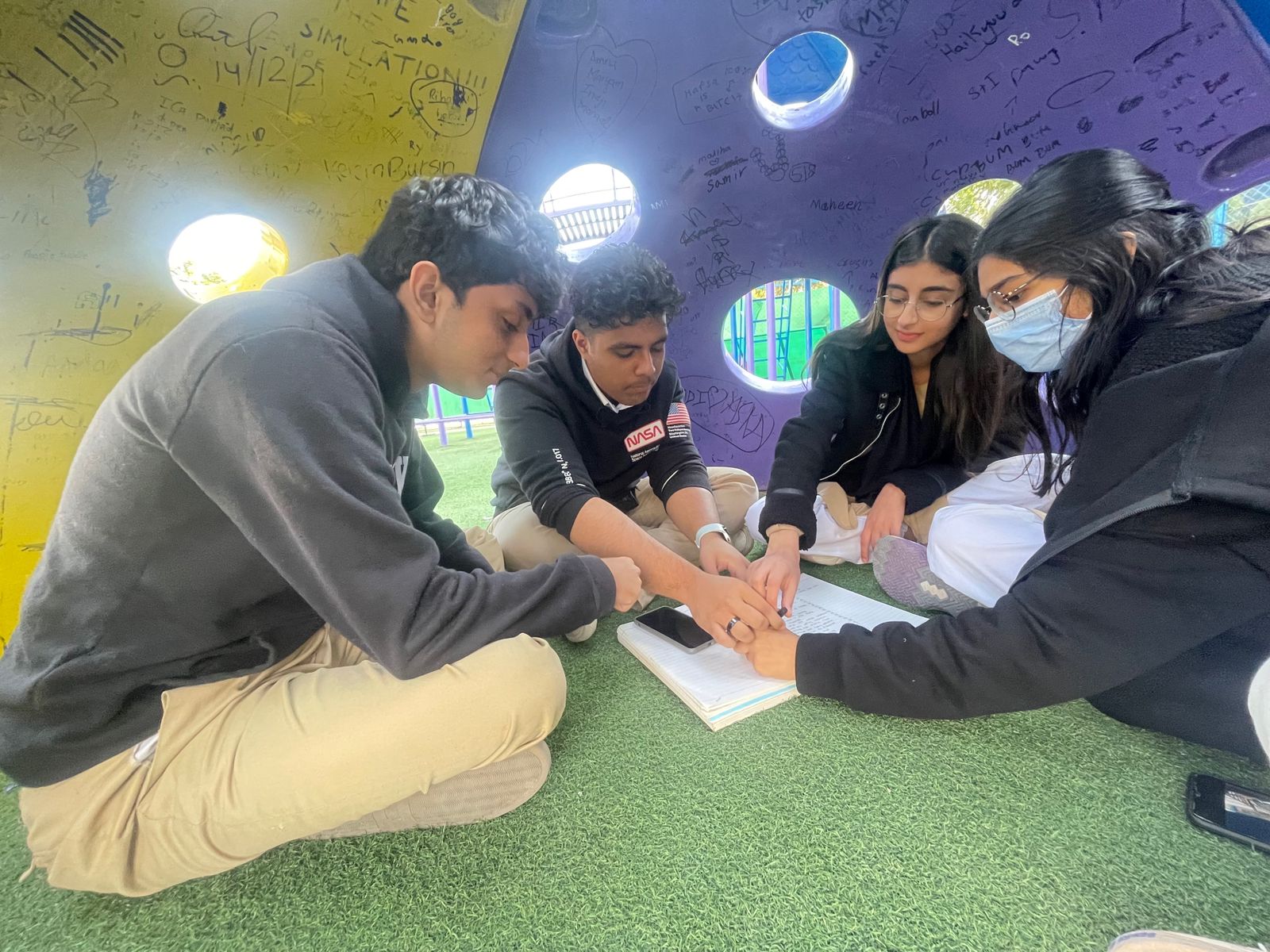Editing the project
Editing my film opening was a pivotal stage in crafting the tension and atmosphere of my thriller crime project as an A-Level Media Studies student. I concentrated on traditional editing techniques typical of the genre, such as quick cuts, gradual tension buildup, and meticulous sound design, to create suspense and captivate the audience. I drew inspiration from films like Se7en (1995), Zodiac (2007), and Prisoners (2013), all of which utilize editing to amplify tension and enhance their dark, psychological themes.
One significant technique I employed was paced editing to manage suspense. In the opening, I began with longer takes, progressively cutting faster as the tension escalated—similar to how Se7en intensifies its atmosphere through editing. This approach keeps viewers on edge while allowing moments of discomfort to linger.
I also played with match cuts and jump cuts to induce disorientation, especially during moments of psychological strain. Inspired by Fight Club (1999), I incorporated quick, fragmented cuts to convey a fractured mental state, immersing the audience in the character’s paranoia.
Cross-cutting was another vital technique. I utilized parallel editing to depict two events occurring at once, a method frequently seen in Fincher’s works. For instance, I alternated between a character walking down a dimly lit alley and another preparing a weapon, heightening anticipation as their paths were about to intersect.
Sound was crucial in the editing process. I concentrated on diegetic sound (like footsteps, breathing, and distant sirens) instead of a full score, reminiscent of No Country for Old Men (2007), where silence and subtle sounds evoke dread. By amplifying minor sounds and employing audio fades, I naturally built suspense.
In summary, editing transformed my footage into a tense, immersive experience. By integrating these thriller crime techniques, I successfully crafted a gripping opening that embodies the unsettling, suspenseful essence of the genre.



Comments
Post a Comment